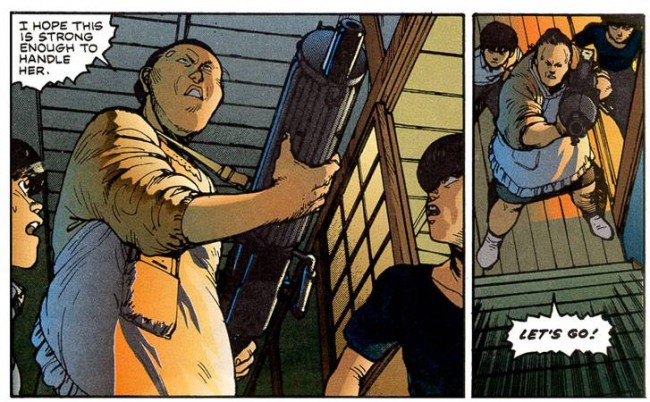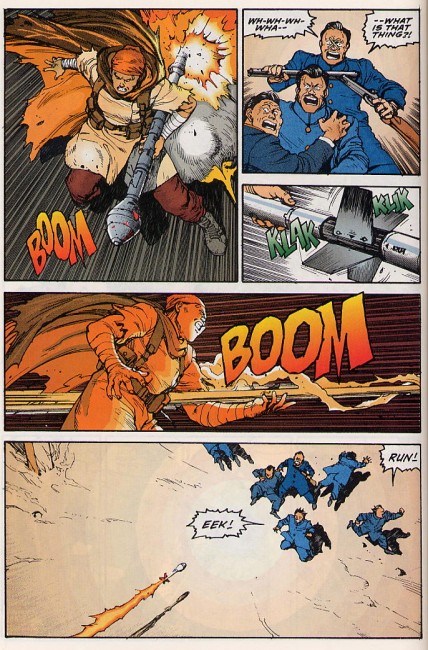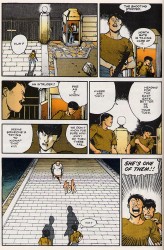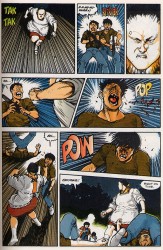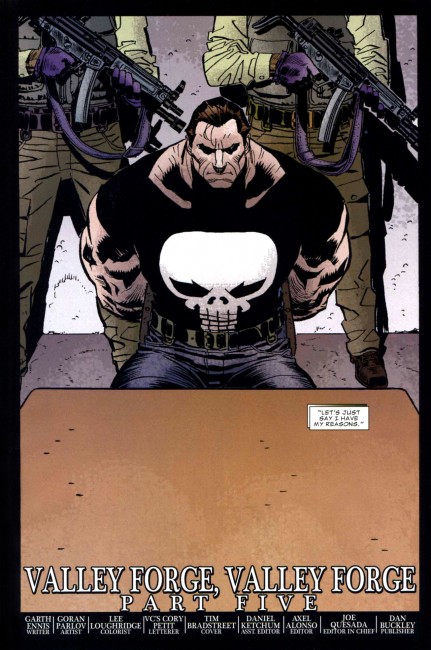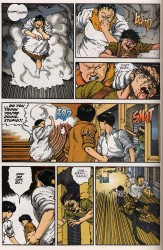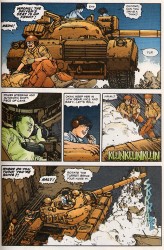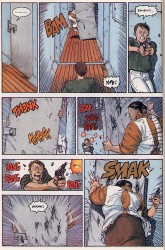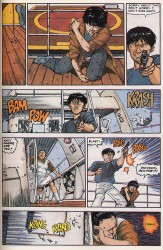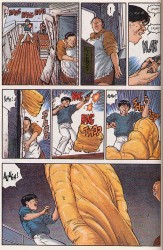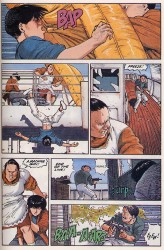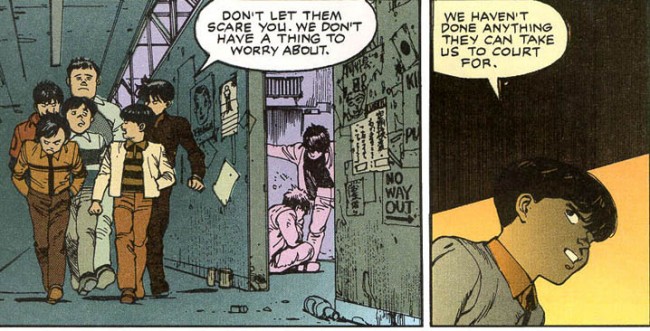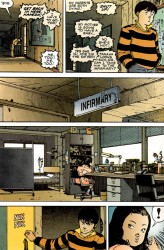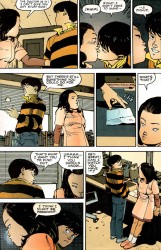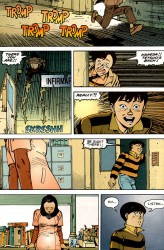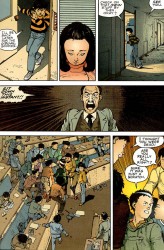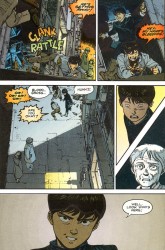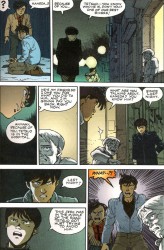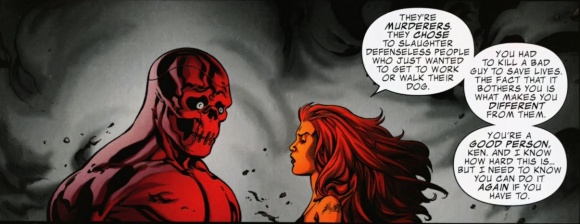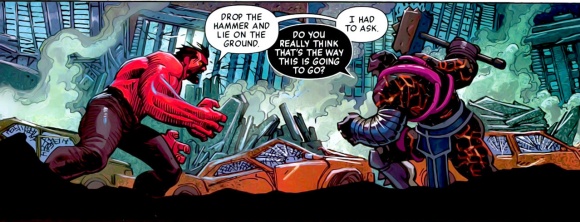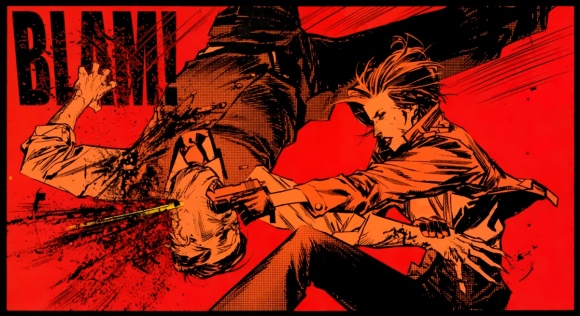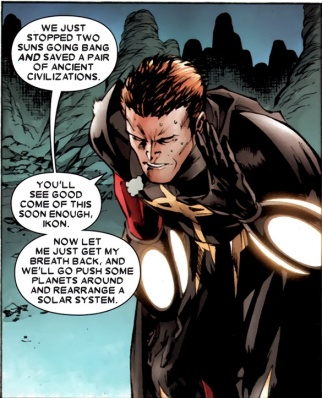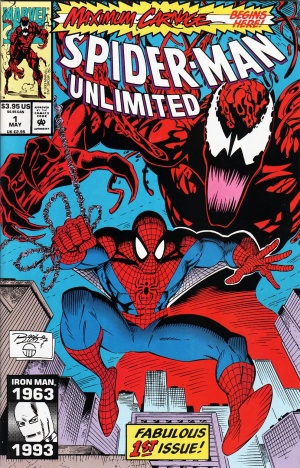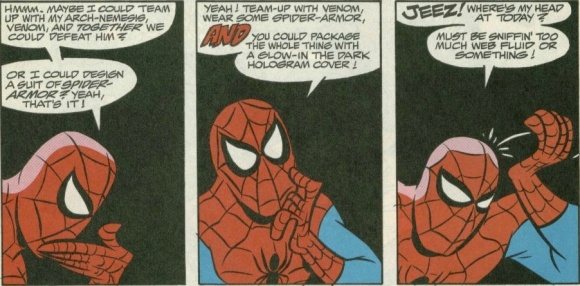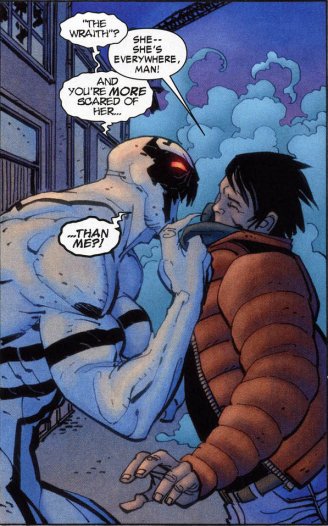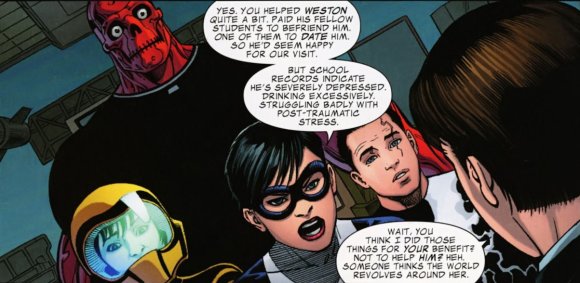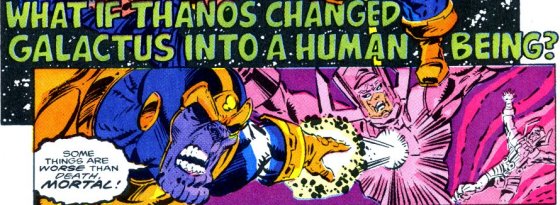
I: “You’d better fasten your seatbelt, sir.”
June 22nd, 2011 Posted by david brothersI get bored easily. (Maybe you’ve noticed.) That’s one of the reasons why comics are my favorite story delivery system. Books are cool or whatever, but I’m not really going to discover a new way to read a novel at this point. My friends aren’t going to start telling avant-garde stories at parties. Movies still have some room to grow, I think, but comics have kept it moving. Constant evolution. I know that if I open a comic–a good one, mind–I’ll see something that might just blow my mind.
This is largely a visual thing for me. Storytelling and execution counts for a lot, but what I really, really want is something to look at. Spider-Man’s after images, Flash’s speed (particularly when drawn by Doug Mahnke), and the violence in David Aja’s Iron Fist were all things that really caught my interest and kept me hooked.
Near as I can tell, comics is the last place where you can expect serious visual storytelling innovation as a general rule. There are thousands of artists out there, and a thousand possible styles. To not be surprised or impressed with comics art requires… I don’t even know, the worst luck in the world and awful taste?
Here’s a surprise:
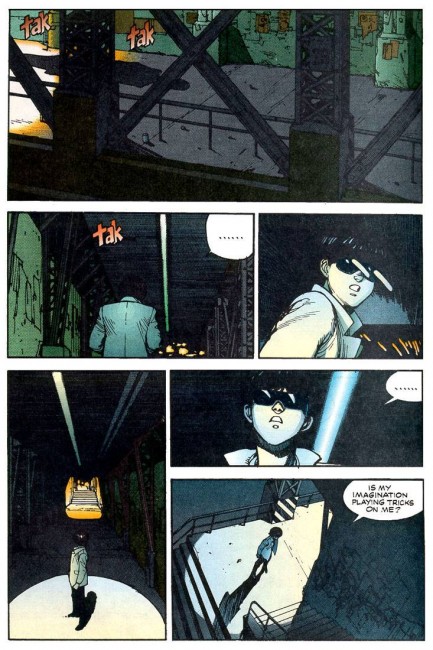
See it? It’s in panel three.
Okay, again. Panel five this time.
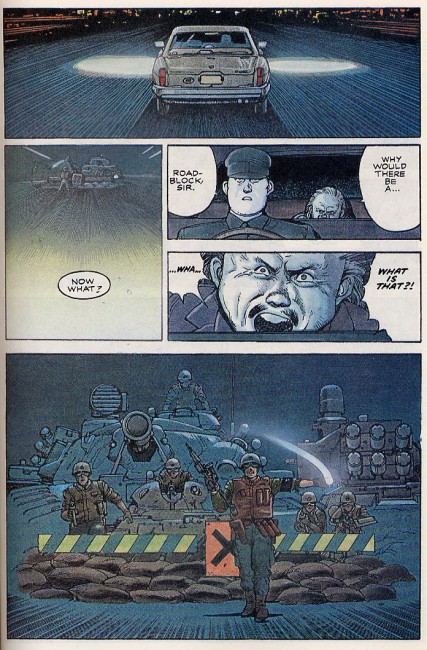
That streak of light entertains me every time I see it. Conveying motion is such a weird thing in comics. There’s a ton of ways to do it, and coming across new ones always sorta makes me grin. I first saw that in the Akira movie, and it was just one of several things that impressed me. Seeing it in comics only made me like comics even more. It’s a versatile little technique, and fantastic at implying the motion of something without obscuring it or being overbearingly obvious. It works similarly in the film, though I believe that they wavered and faded out, rather than being a solid-ish streak like these.
It’s a very small thing, though it appears dozens or hundreds of times through the manga, but it adds a lot to the experience. It makes it easier to believe in the world that Otomo is creating. You start to discover and accept the rules of this fictional world, and how it is translated when we view it through the lens of the comics panel. It adds realism, and that results in verisimilitude.
This is exactly how a moment looks in the world of Akira. Moving lights (of sufficient speed, which is something else this evokes that I just realized right now) hang in the air for a full moment before fading away. From that, we can estimate how fast the car is moving, where Kei is looking… Akira starts to fall into place. We accept something minor, and then expand. And then you see this and it looks as real as anything:
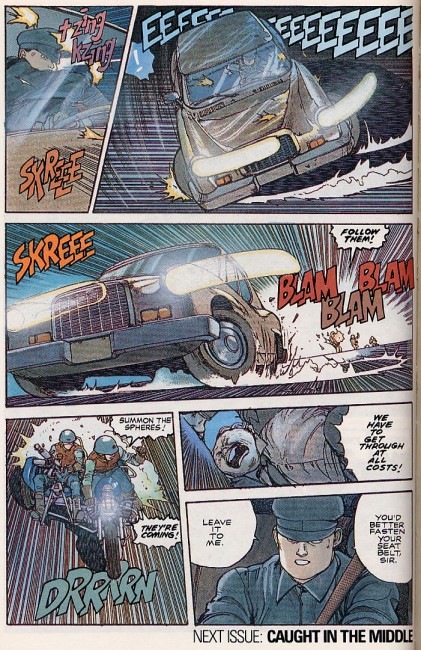
For my money, you can’t beat comics for stuff like this. Sometimes I get caught absolutely flatfooted when I come across something new and just have to read the scene a couple of extra times, just to see how and why it works. The reaction’s almost always “Oh, but that makes perfect sense,” too. Because that’s what this stuff has to do, and because that’s what makes you believe in stories.

